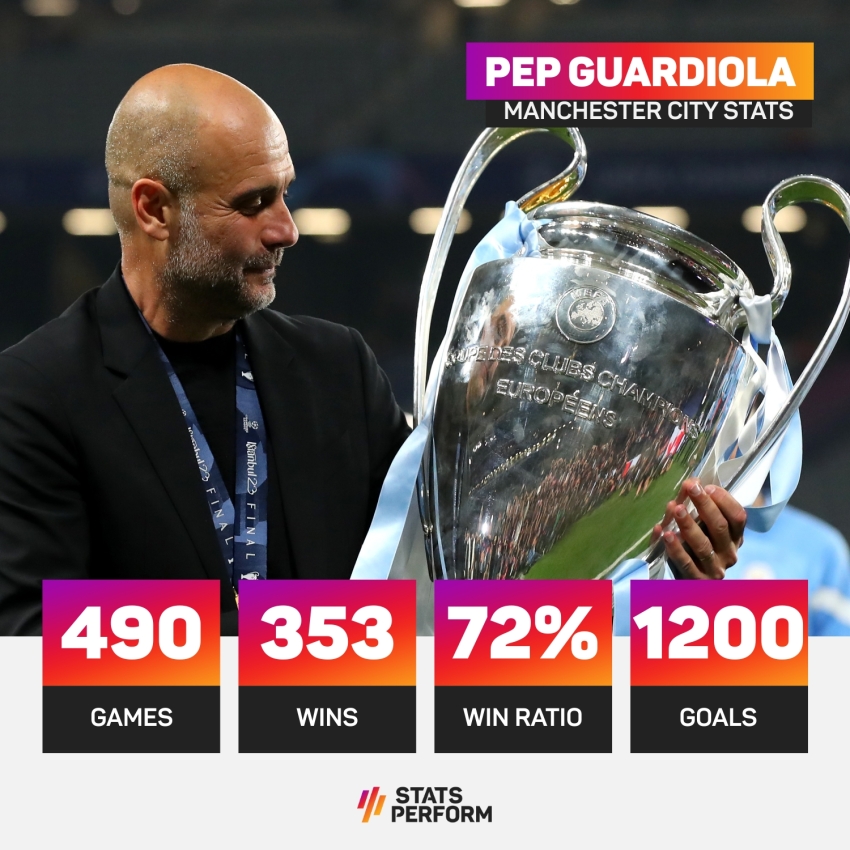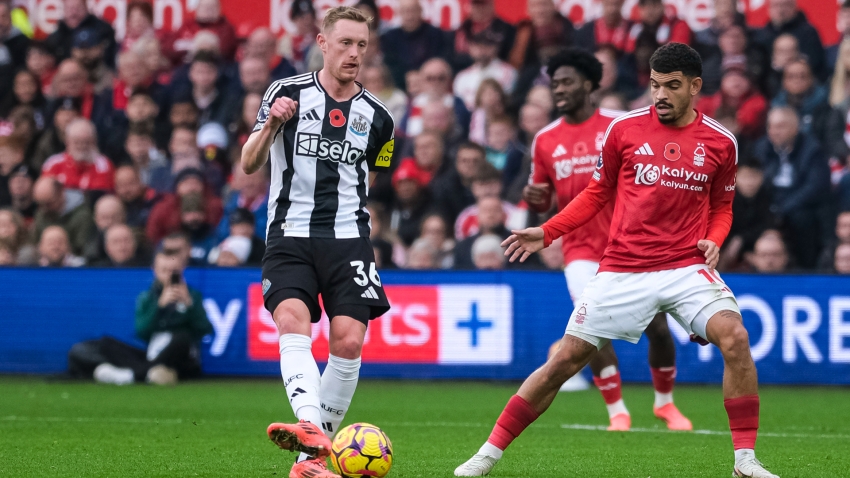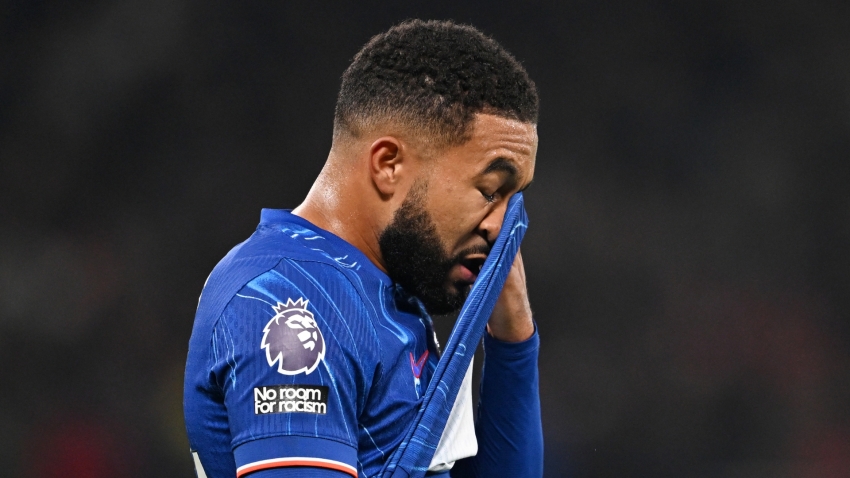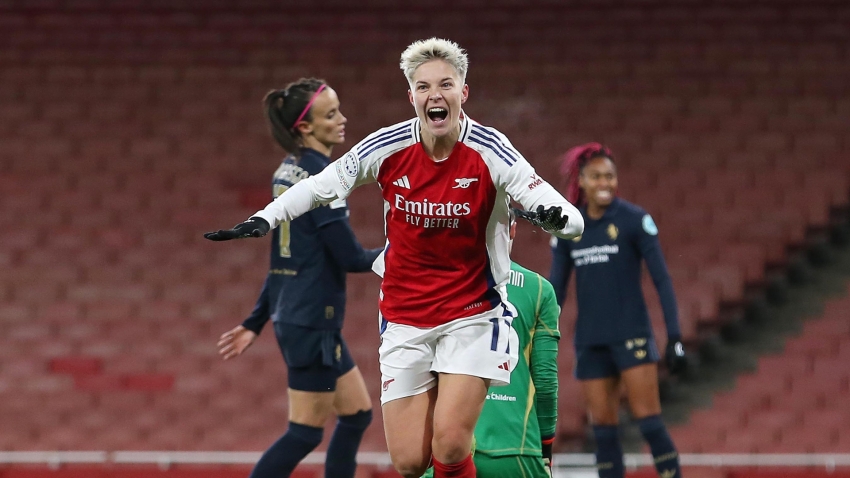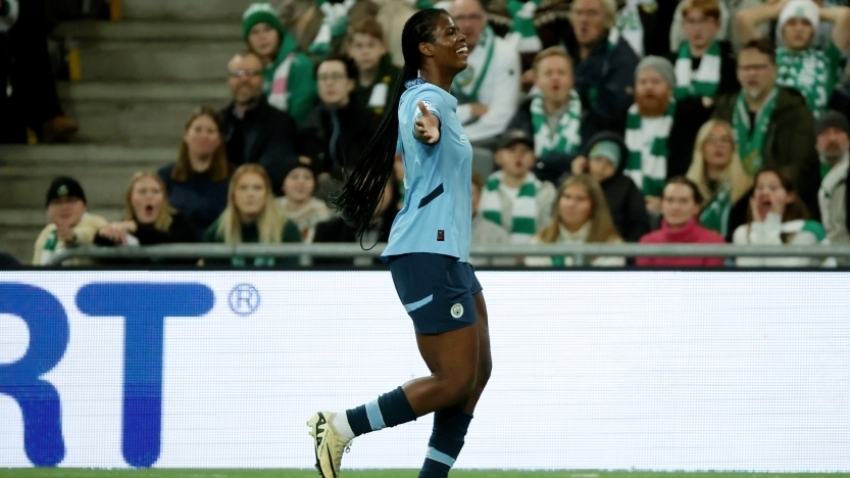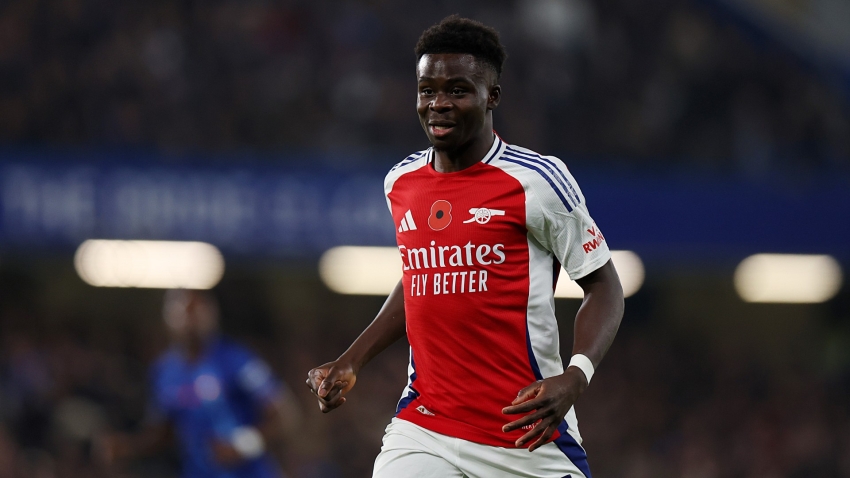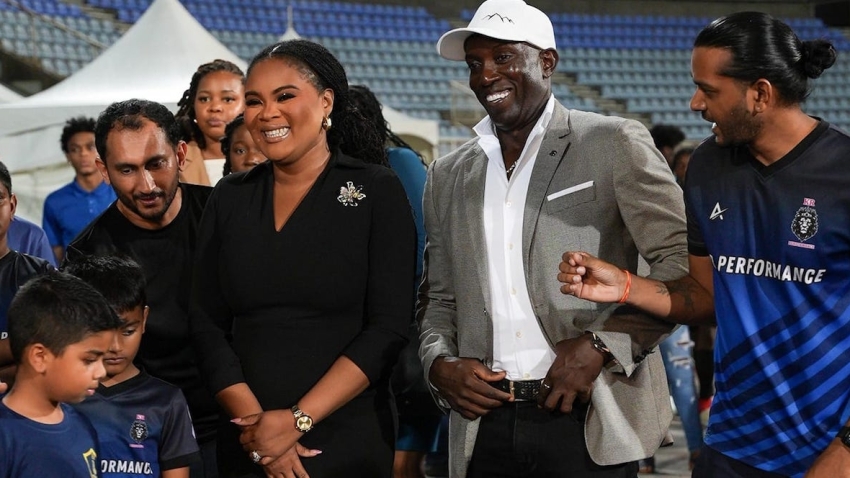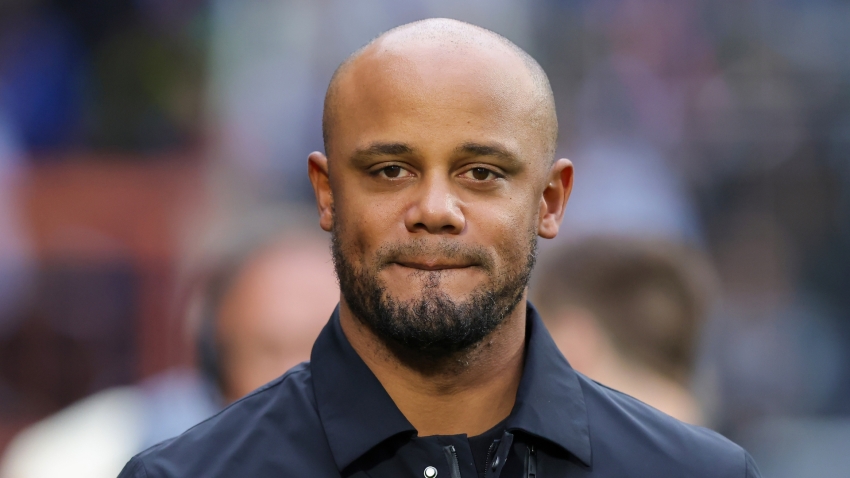Is Maurizio Sarri getting the most out of Lazio? To help answer that, we arguably have to look to his coaching predecessor - Simone Inzaghi.
After five seasons of trying under Inzaghi's stewardship, the Biancocelesti finally qualified for the Champions League. There were seasons where they came agonisingly close too - particularly in 2017-18, where Inter beat them at the Stadio Olimpico on the final day of the Serie A season, to claim fourth place and the final spot in Europe's premier competition.
When they finally did qualify, last season’s 6-2 defeat on aggregate to Bayern Munich in the last-16 – and Inzaghi’s ensuing departure for Inter – was microcosmic of an overall sense the 45-year-old extracted the maximum out of the players he had at his disposal, within his system.
With Sunday's Rome derby in mind, despite the fact Lazio are currently fifth and again perceivably in the running for that last Champions League place, that's the arguable framework for how we must interpret Sarri's first season in the Italian capital.
It's not only pertinent to ask whether the 63-year-old is extracting the maximum out of this Lazio squad within his own system. Ultimately, are the players Sarri has at his disposal even compatible to that system?
One of the stronger case studies in this discussion is Luis Alberto. The Spaniard is arguably not only one of Serie A's most transformative midfielders, but in European football.
Since joining Lazio in 2016, within the framework of Inzaghi’s 3-5-2, the 29-year-old blossomed into an elite ball progressor and shot creator from a statistical standpoint. He holds five of the 10 highest ratings for passes into the penalty area per 90 minutes in Lazio's history - since Stats Perform's first recordings of the data in 2005-06.
Just as important as Luis Alberto's ability to create with the ball is his ability to act as a positional reference point, in order to create for others without it. His ability to drive and distribute is underpinned by an intelligent and assertive positional sense, which also compliments the likes of Ciro Immobile and Sergej Milinkovic-Savic - and the latter’s particular penchant for late entry into the penalty area.
Yet along with cramping him of the half-space to move into when Lazio are in possession, Sarri's 4-3-3 setup asks more of the Spaniard defensively - exacerbating his notoriously suspect ground coverage. The more energetic Toma Basic's August transfer from Bordeaux and initial scope under the new coach, in Luis Alberto's place, was conspicuous in this respect.
This all matters because under Sarri, only Napoli have kept the ball more than them in Serie A this season. Lazio rank 12th in Europe's top-five leagues combined for touches per 90, but 60th for shots in the penalty area per 90. It would take a sizeable increase in shot quality upon previous years to make that disparity more sustainable, weighing up qualitative and quantitative aspects. That increase hasn't eventuated.
Lazio's ability to function in possession ultimately relies on Luis Alberto's skillset, and one statistic stands out - even this season, the team has averaged 9.27 shots in open play per 90 minutes with him on the pitch, and 5.97 without. In addition, his impact on Immobile is profound.
Immobile's xG per open play shot (0.14 on/0.2 off) actually increases when Luis Alberto is off the pitch, but his quantity of open-play shots also goes down (3.15 on/2.27 off). Meanwhile, playing in Sarri's 4-3-3 requires more from him as a collaborative player with his back to goal, a relatively weak area of his play that contributed to respective struggles at Sevilla, Borussia Dortmund and the Italian national team.
In Inzaghi's 3-5-2, Immobile wasn't cramped for space and could still receive the ball between the lines, but in positions where he's able to face goal and go at defenders with momentum. This season, the 32-year-old striker has completed (0.6) and attempted (1.38) fewer dribbles than in any of his six seasons at Lazio.
On top of that, despite this season being his second highest so far for touches per 90 (42.67), Immobile is also creating less chances in open play per 90 (0.78) than in any of his six seasons at the Olimpico. Six penalties for the season brings his higher xG but lower xA per 90 into context, exposing a question of net gain.
This all provides the backdrop for Lazio's sizeable xG overperformance this season. It is ultimately propelling their contention for a Champions League place and obscuring just how volatile they have been defensively – exposing Francesco Acerbi's ability to play in a four-man defence as opposed to a three-man defence.
So far this season in Serie A, Lazio have scored the second-highest amount of goals with 58 and rank eighth for xG with 42.1, but aside from Hellas Verona (14.3), are a distant first (15.9) in differential between the two statistical categories.
With this all in context, the reality that Sarri will remain faithful to this 4-3-3 will arguably be to the detriment of Lazio's most important players under Inzaghi. Whether they stay or go, as long as Sarri stays, will determine how dramatic the eventual regression to the mean will be.









